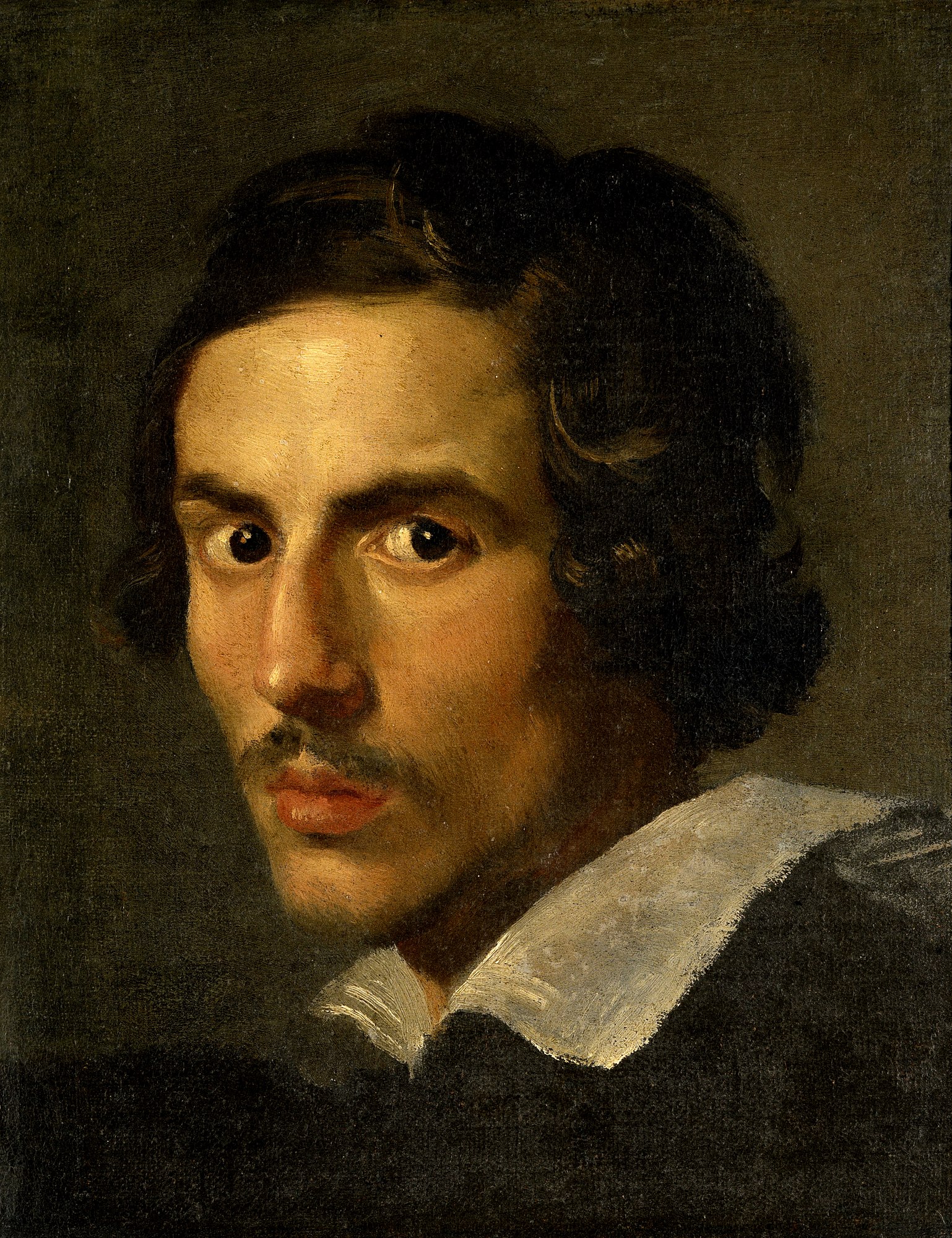Comments (4)

LORNA, TOO TRUE AND SO SAD THANKS

I would not order a servant to slash the face of an ex who might be cheating on me with my brother, but maybe that's just me...

so brutal...


We do our best to use images that are open source. If you feel we have used an image of yours inappropriately please let us know and we will fix it.
Our writing can be punchy but we do our level best to ensure the material is accurate. If you believe we have made a mistake, please let us know.
If you are planning to see an artwork, please keep in mind that while the art we cover is held in permanent collections, pieces are sometimes removed from display for renovation or traveling exhibitions.
December 07, 1598
Naples, Italy
November 28, 1680
Rome, Italy
Works by Gian Lorenzo Bernini

Sr. Contributor
The dude essentially invented Baroque art and architecture, without which the gaudy McMansions of our great country would cease to exist! Who wants cutesy Colonials and elegant Craftsman when they can have ornate gilded scrollwork and excessive marble? Boring losers, that’s who!
Born to moderately successful sculptor Pietro Bernini, our genius was pushed into art at a very early age. He left his hometown of Naples for Rome with his dad at the age of eight to study art and meet influential people, supposedly being called the next Michelangelo by Pope Paul V that same year.
By 15 he had begun truly setting himself apart from contemporaries with his marble work and obsession with capturing texture and emotion rather than mere form and beauty. One story states that in creating his 1613 piece The Martyrdom Of San Lorenzo the teen actually took a hot rod and pressed it against his own leg so he could watch and mold his pained expression. Sounds crazy? Maybe it was, but the depth of expression and psychology conveyed in his subjects would indicate that this passion was well worth his time. Cardinal Borghese, the Pope’s nephew, certainly thought so. He became Bernini’s patron and would soon hire the now 20-year-old to fill his new villa with artwork resulting in the production of some of the most beautiful and most famous sculptures the world has ever seen. He was knighted by 23 and started designing parts of St. Peter’s Basilica at 25. So the next time a young relative tries to convince you that Justin Bieber is some kind of musical prodigy, show them a picture of Apollo and Daphne or St. Peter’s Baldachin. THAT’S what a prodigy does people! *drops mic*
Though most of his life was filled with glory, the quick-witted and amiable man certainly had some rough patches. Like when the 3-story bell tower he insisted on installing for St. Peter’s begun to crack and had to be torn down on the Pope’s orders. Oops! Or during the same period when he found out that Constanza, the wife of his assistant with whom he was having an affair, was also banging his brother Luigi. When he found out about the two’s tryst he got so angry that he tried to kill Luigi with a fire poker. That didn’t work so he sent a minion to shred Constanza’s face with a razor. Ultimately the minion was sent to jail, Constanza was arrested for adultery, and Luigi was sent into exile for his own protection. Bernini was given a fine and forced to marry the most beautiful woman in the city in order to produce more art prodigies for the glory of Italy. Seems fair.
After he got over the debacles above, his life went back to being awesome. Here is what he did in his later years:
Featured Content
Gian Lorenzo (or Gianlorenzo) Bernini (UK: /bɛərˈniːni/, US: /bərˈ-/,
Italian: [ˈdʒan loˈrɛntso berˈniːni]; Italian Giovanni Lorenzo; 7 December 1598 – 28 November 1680) was an Italian sculptor and architect. While a major figure in the world of architecture, he was more prominently the leading sculptor of his age, credited with creating the Baroque style of sculpture. As one scholar has commented, "What Shakespeare is to drama, Bernini may be to sculpture: the first pan-European sculptor whose name is instantaneously identifiable with a particular manner and vision, and whose influence was inordinately powerful ..." In addition, he was a painter (mostly small canvases in oil) and a man of the theatre: he wrote, directed and acted in plays (mostly Carnival satires), for which he designed stage sets and theatrical machinery. He produced designs as well for a wide variety of decorative art objects including lamps, tables, mirrors, and even coaches.
As an architect and city planner, he designed secular buildings, churches, chapels, and public squares, as well as massive works combining both architecture and sculpture, especially elaborate public fountains and funerary monuments and a whole series of temporary structures (in stucco and wood) for funerals and festivals. His broad technical versatility, boundless compositional inventiveness and sheer skill in manipulating marble ensured that he would be considered a worthy successor of Michelangelo, far outshining other sculptors of his generation. His talent extended beyond the confines of sculpture to a consideration of the setting in which it would be situated; his ability to synthesize sculpture, painting, and architecture into a coherent conceptual and visual whole has been termed by the late art historian Irving Lavin the "unity of the visual arts".
Check out the full Wikipedia article about Gian Lorenzo Bernini

LORNA, TOO TRUE AND SO SAD THANKS

I would not order a servant to slash the face of an ex who might be cheating on me with my brother, but maybe that's just me...

so brutal...
Bernini was heavy on the drama, in both life AND art. Art imitates life, I guess.